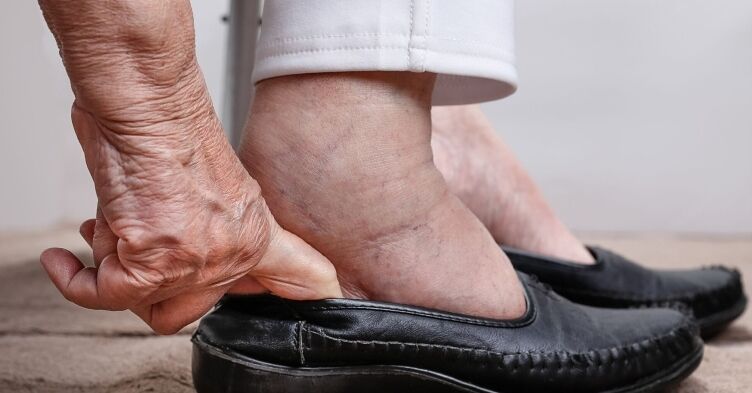The government launched its much awaited plan to reduce England’s rate of childhood obesity in August.
Childhood Obesity: A plan for Actionsets out measures to encourageprimary school children to eat more healthily and stay active. The plan asks primary schools to help every pupil get at least 60 minutes of moderate to vigorous physical activity a day. It calls for at least 30 minutes to be delivered in school which could be through active break times, PE and extra-curricular clubs with the remaining 30 minutes supported by parents and carers outside of school time.
The childhood obesity plan also tasksindustry to cut the amount of sugar in food and drinks, working towards a 20 % reduction in the sugar used in products popular with children (such as breakfast cereals, yogurts, biscuits, cakes, confectionery, pastries, puddings, ice cream and sweet spreads). This sugar reduction strategy sits alongside perhaps the most recognised element of the plan – the new levy on sugar-containing soft drinks (often referred to as the ‘sugar tax’). The revenue raised from this is set to be invested in programmes to reduce obesity and encourage physical activity and balanced diets for school children including a further £10million per year into school breakfast clubs.
Does the plan recognise the importance of health professionals in reducing obesity in childhood?
Healthcare professionals play a vital role in helping to reduce obesity and the plan recognises that they should be helped to
· always talk to parents about their family’s diet
· make it the default to weigh everyone
· refer people to local weight management services, clubs and websites if they ask for more advice
With regards this ambition, Health Education England and Public Health England (PHE) have launched a suite of resources aimed at supporting the healthcare and wider workforce to “Make Every Contact Count”. These resources include training on influencing behaviour change and initiating difficult conversations about health and wellbeing, as well as targeted training for Health Visitors and School Nurses given their unique positioning which enables them to identify weight issues in children early on. There will also be a review of health visitor and midwife visits to ensure that new families receive the best advice. PHE will also develop advice for how schools can work with school nurses, health centres and healthy weight teams in local authorities to encourage physical activity and healthy eating in children.
The government’s obesity plan has been eagerly awaited as there is no doubt that environmental change to make heathier choices accessible and preferable, to encourage physical activity and to help reduce sedentary behaviour is central to the nation’s battle with obesity.
We know that obesity in childhood is unacceptably high. Nearly a third of children aged two to 15 are overweight or obese and this makes them more at risk of suffering health problems later in life. The plan lays outsome constructive first steps.However obesity is a complex problem that demands a range of solutions. There will not be one magic bullet or concentration on a single aspect like sugars reduction that is likely to address weight issues, but rather a multifactorial approach is needed from a wide range of stakeholders so that our children are subject to a less obesogenic environment.







